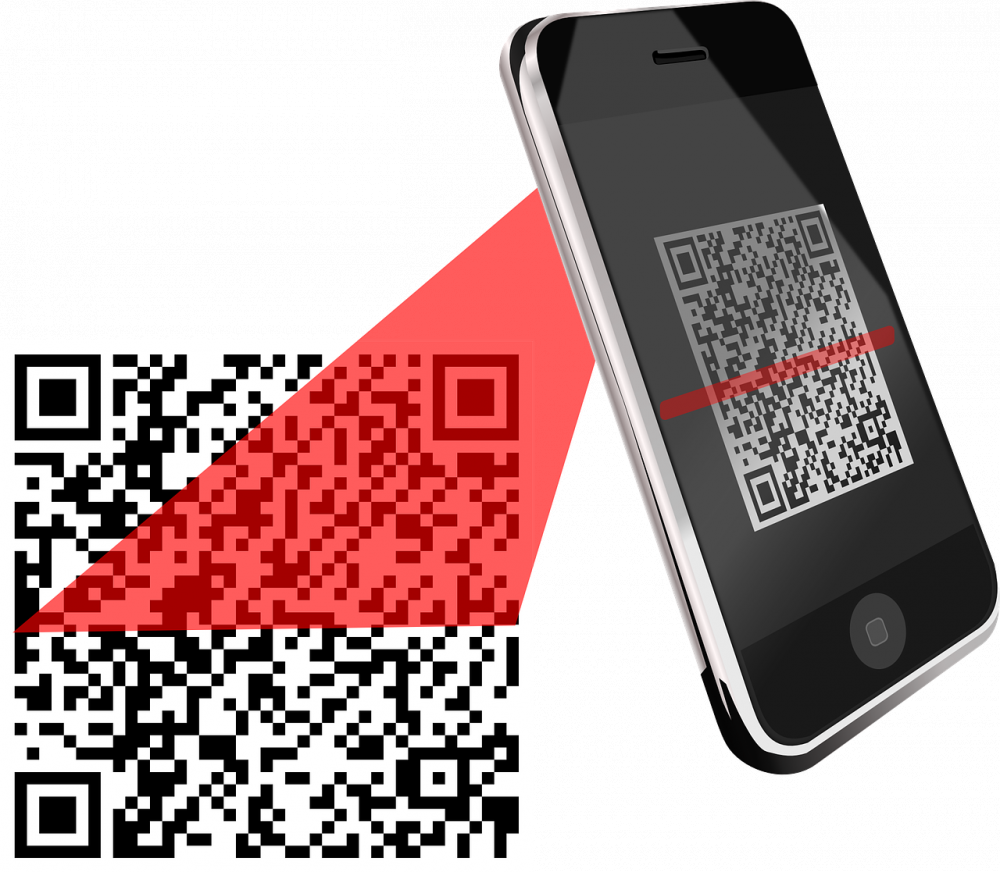Outlook Web App: The Comprehensive Guide for Tech Enthusiasts

Introduction:
Outlook Web App, also known as OWA, is a web-based email client developed by Microsoft. It offers users the convenience of accessing their emails, calendars, contacts, and tasks through any web browser. This article aims to provide a detailed overview of Outlook Web App, its evolution over time, and important information for individuals interested in this topic.
I. A Brief Introduction to Outlook Web App

Outlook Web App is a powerful email client that allows users to manage their emails efficiently. Developed by Microsoft, OWA provides a user-friendly interface and a range of features to enhance productivity. Some essential points to know about Outlook Web App include:
– Access Anywhere: With OWA, users can access their emails, contacts, and calendars from anywhere with an internet connection. Whether on a desktop, laptop, or mobile device, OWA ensures seamless connectivity.
– Multiple Platform Support: Outlook Web App is supported on various platforms, including Windows, macOS, Linux, iOS, and Android. This cross-platform compatibility allows users to switch between devices easily.
– Rich User Interface: OWA offers a clean and intuitive interface, similar to the desktop version of Microsoft Outlook. Users familiar with Microsoft products will find OWA easy to navigate and use.
– Integration with Office 365: Outlook Web App is integrated with Office 365, allowing users to access their documents, spreadsheets, and presentations directly from their mailbox. This integration enhances productivity and streamlines workflow.
II. Historical Evolution of Outlook Web App
Outlook Web App has evolved significantly over the years, adapting to changing technologies and user needs. Let’s take a closer look at its historical development:
1. Exchange Web Connect (EWC):
Before the release of Outlook Web App, Microsoft introduced Exchange Web Connect (EWC) in the early 2000s. EWC provided basic web-based email access but lacked the features and functionality of a full-fledged email client.
2. Outlook Web Access (OWA):
In 2005, Microsoft launched Outlook Web Access (OWA) as part of Exchange Server 2003. OWA introduced a complete web-based email client that closely resembled the desktop version of Microsoft Outlook. It included features like email, calendar, tasks, and contacts management.
3. Outlook Web App (OWA):
With the release of Exchange Server 2010, OWA underwent a significant overhaul and was rebranded as Outlook Web App. This update introduced a more robust user interface, improved performance, and enhanced mobile device support. OWA became the go-to webmail solution for organizations using Exchange Server.
4. Outlook on the Web:
In 2015, Microsoft rebranded Outlook Web App as Outlook on the Web. This update brought several user interface enhancements and improved integration with Office 365 services. The name change aimed to align the web-based client with the desktop version of Outlook.
III. Optimizing Your Outlook Web App Experience
To make the most of Outlook Web App, consider implementing the following tips and tricks:
1. Customize Your Workspace:
OWA allows users to personalize their workspace by rearranging and resizing email panes, adding shortcuts, and modifying theme settings. Customizing the interface can improve productivity and make the user experience more enjoyable.
2. Offline Access:
OWA supports offline access, allowing users to continue working on their emails, calendar events, and tasks even without an internet connection. Enabling offline access ensures uninterrupted productivity and eliminates the need for constant connectivity.
3. Keyboard Shortcuts:
To boost efficiency, familiarize yourself with Outlook Web App’s keyboard shortcuts. These shortcuts enable quick navigation, email triaging, and other tasks without relying solely on the mouse.
4. Integration with Third-Party Apps:
OWA supports integration with various third-party applications, such as Dropbox, Evernote, and Trello. Utilizing these integrations expands the functionality of Outlook Web App and enables seamless collaboration.
Conclusion:
Outlook Web App is a feature-rich web-based email client that offers users flexibility, mobility, and productivity enhancements. With a comprehensive overview of Outlook Web App and its historical development, you are now equipped with valuable insights to maximize your experience. Make the most of Outlook Web App’s capabilities and streamline your digital communication effortlessly.
References:
– Microsoft. (n.d.). Outlook on the web. Retrieved from https://www.microsoft.com/en-us/microsoft-365/outlook/web-email-login-for-outlook
– Laforest, J. (2021, February 23). How Outlook Web Access Became Outlook on the Web and What That Means for Users. Elegant Themes Blog. Retrieved from https://www.elegantthemes.com/blog/wordpress/outlook-web-access-became-outlook-on-the-web





